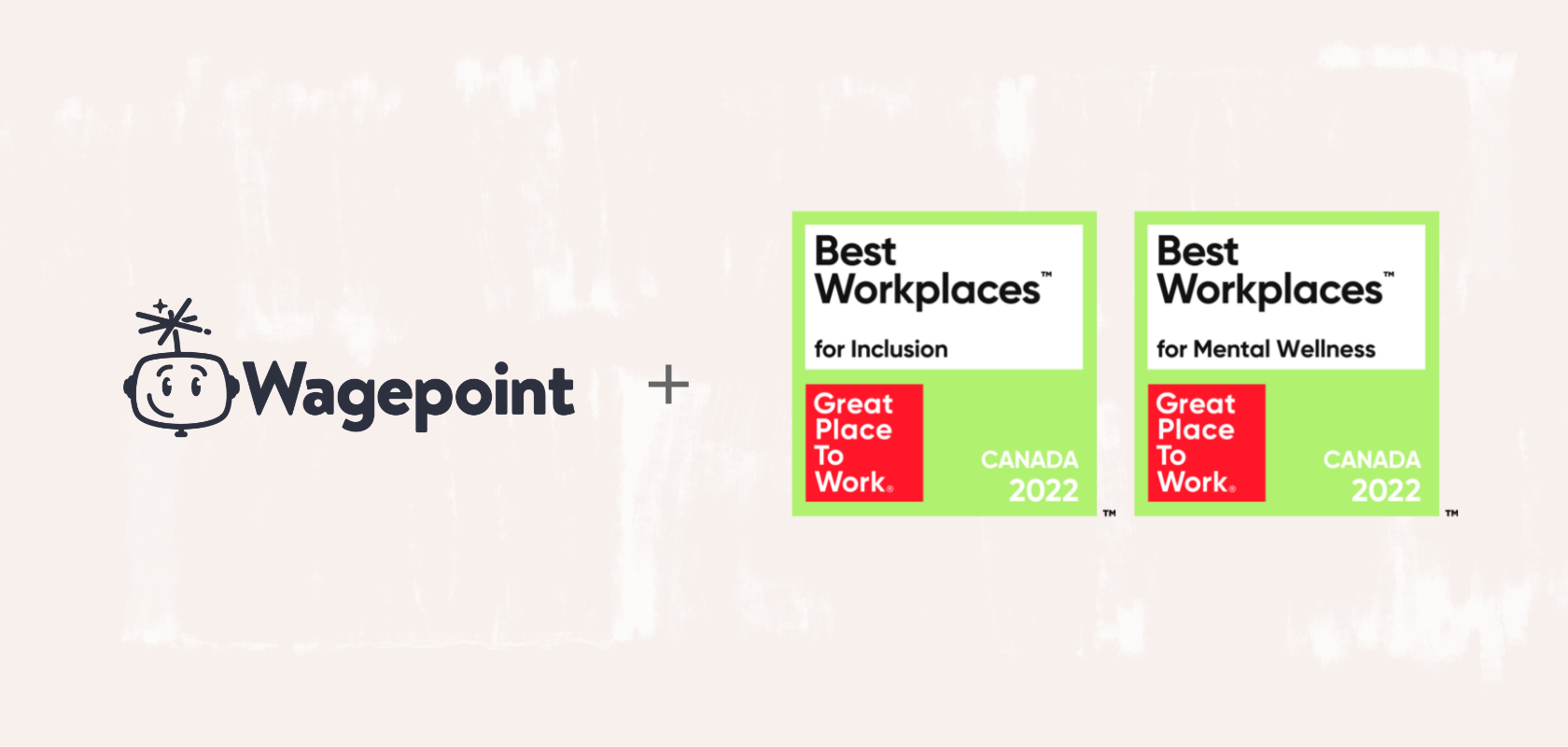Become an insider!
Get our latest payroll and small business articles sent straight to your inbox.

Small businesses, start-ups and entrepreneurs can use all the hacks they can find when it comes to starting and growing their business. When it comes to human resources (HR), several ways exist for small businesses to improve their company culture and develop the environment they envisioned when starting their business, including:
Technology
Using technology to its fullest potential in your industry can be a key component to employee satisfaction at work. Understand what’s available to you, how you can effectively implement it within your business, and how you will onboard and train your employees to use it to their advantage will be key in a successful strategy.
Technology, especially could-based, SaaS applications for small business, can make the lives of your employees easier and drastically streamline your processes. If you are hoping to lure the best talent to your firm, you will need to be abreast of what’s available, effective and efficient.
An employee changing jobs will expect not to regress to outdated technology, and small businesses and start-ups cannot afford to skimp on this important asset.
📌Recent reports indicate that 73% of business and HR leaders consider digital HR and cloud-based HR software a significant industry trend.
Environment
Environment has become a hot topic in the area of HR and workplace culture and satisfaction. The physical environment in which your employees work should be inviting, healthy and up-to-date.
This does not mean you need couches and espresso machines around every corner — rather you prioritize a fresh and clean environment to the best of your industry and company’s ability to preserve employees’ mental and physical health.
Having designated relaxation and break areas separate from work spaces is an easy step and encouraging employees to get up and move during the day if they are primarily seated is a fantastic way to foster an active and healthy workplace.
📌A well-constructed and -designed office space can be a significant competitive advantage in employee recruitment and retention.
Transparency
Today’s worker expects transparency from their employer. Your company philosophy on sharing information with employees should be clear-cut and defined. As you grow and change, you must stick to it to maintain the trust of your employees.
While executive information does not, and in most cases, should not be shared beyond those who need to know, take a good, hard look at what employees can and should know to help them feel like they are part of the decision-making process.
Your employees are a huge part of your success and sharing high-level information when you are able will help them feel respected and valued.
📌Businesses with higher levels of trust within their company culture have 74% less stress and 50% greater productivity.
Collaboration
Fostering a collaborative environment has always been a cornerstone of good HR practices within a company. With technology, many workers are becoming more and more independent, which can be a good thing.
Losing the spirit of collaboration amongst coworkers can mean missing out on innovative ideas, ways to improve practices, or simply improved workplace morale. If it is not a normal part of work duties, set aside time each day or week to collaborate on a project.
Even a simple brainstorming session can help employees feel more engaged and involved, leading to greater satisfaction and productivity. Just be sure to encourage respectful collaboration and not allow strong personalities to trample others.
📌97% of workers and leaders feel that a lack of communication and collaboration negatively impacts workplace results.
Philanthropy
Supporting charitable or philanthropic events and causes within your firm, when able, can bond your employees around a common cause. Having a project that goes beyond work to collaborate on and invest resources in helps employees feel more engaged with their community and feel good knowing they are helping their employer give back and improve brand reputation. Start a committee to research causes important to your employee base and potential fundraisers such a picnic lunch during the work day, or other activities that fit with your company’s mission and abilities.
📌Of the companies who choose not to offer employee bonuses in 2017, 38% planned to give a charitable donation instead.
Education
Encouraging continuing education is expected from employers by much of today’s workforce. Employees are seeking companies which foster and encourage growth, self-betterment, and continuing education so they may become the best professional they can in their field.
When you invest in your employees’ growth and education, that comes back in spades to your company.
Employees who have been engaged in continuing their education and progress as professionals will bring with them new ideas and processes which can improve your overall organizational mission.
📌Ongoing education and training empowers workers through greater flexiblity, innovation and collaboration.
Authenticity
From top leadership, authenticity is essential. Millennials and the generation to follow, Gen Z, expect authentic leadership who not only talk the talk but also walk the walk.
If your leadership cannot be authentic no matter the level of the employee, younger generations will find this disingenuous and will seek employment elsewhere where they feel they can trust and have a conversation with upper management.
Whenever and wherever possible, be authentic above all else.
📌Employees in high-trust cultures are 70% more likely to be aligned with company goals.
Onboarding and Orientation
As their first introduction to your company, your onboarding and orientation processes should be a true representation of your company culture and processes.
When it comes to paperwork and enrollments, the process should be smooth and streamlined. New hires should feel they can ask tough questions and get answers from the person who is onboarding them.
From there, in orientation, meeting representatives from your various departments will help to grow their overall understanding of the company and help them to feel as if they can reach out to someone beyond their department should the need arise.
Start off on the right foot with an organized and welcoming onboarding and orientation program.
📌Half of the employees who leave their jobs, do so within the first year.
Culture
Does your culture live up to expectations? How do your employees interpret your company culture? Take a survey of your current employees if you are unsure of the answer to see what their honest opinions are of the culture of your organization.
The survey should be anonymous, and employees should feel as if they can share their true feelings. Then, take their concerns, if any, seriously and determine what type of organizational culture you want to develop and how you can take your organization to that level.
Start with smart goals and take these changes step-by-step while remaining transparent with your employees throughout the process.
You can build the culture of your choosing by helping your employees to feel engaged in the process and fostering an expectation of transparency and authenticity from management.
📌Higher levels of engagement can boost profitability up to 21%.
Advice
If you’re struggling with any aspect of HR management, do not be afraid to seek assistance. Even educated and experienced HR professionals can use an outside perspective sometimes. Find a third-party, outsourced HR provider to help delegate tasks off your plate so you can focus on mission-critical projects and moving your company forward.
Outsourced HR professionals can help with recruitment, onboarding, employee handbooks, job descriptions, understanding HR law, and more. Many newer organizations see a great benefit to outsourcing some of their projects to a third-party provider.
The advice we share on our blog is intended to be informational. It does not replace the expertise of accredited business professionals.














